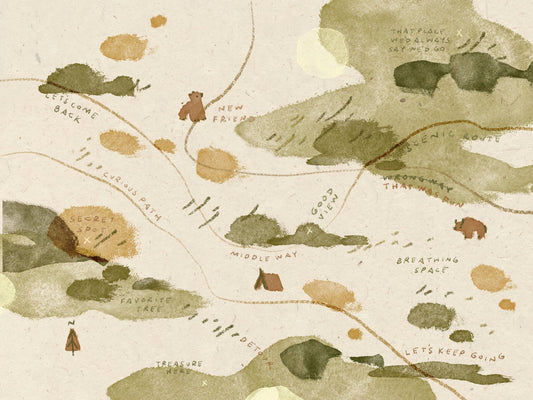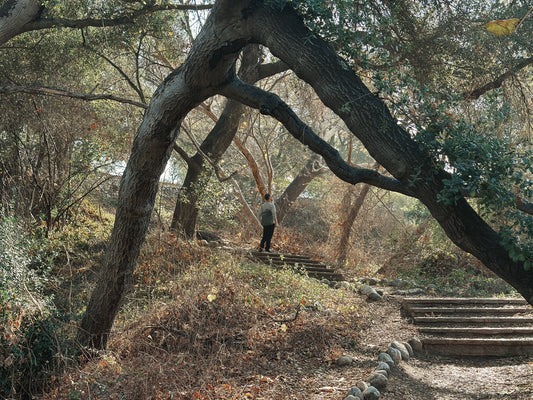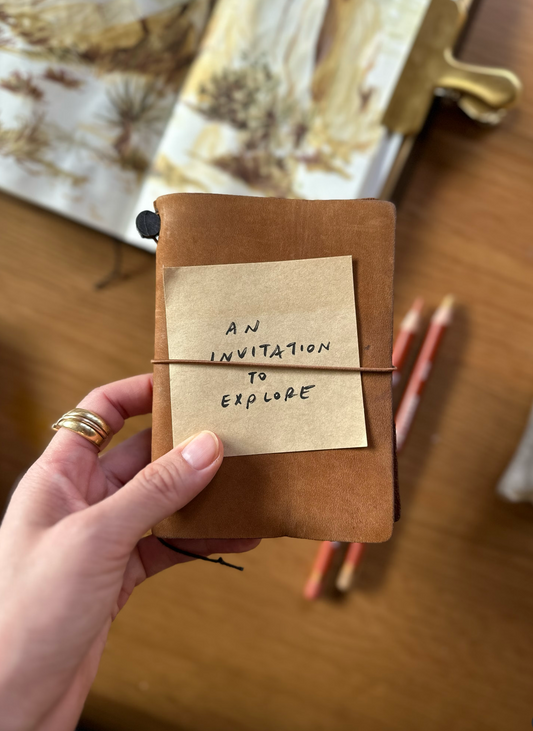
Basic Color Theory: Understanding and Choosing Colors in Art
Share
Color theory is an essential concept for artists as it helps us comprehend what we see and make intentional choices when selecting and mixing colors. Here are the basics that can take you a long way in understanding color.
Color Wheel Exercise: I encourage you to make your own color wheel in your favorite traditional medium. This is a great way to understand the relationships between colors (especially if you are mixing them from primary colors), and to get to know your materials.
Hue, Value, Saturation & Temperature
There are three properties of every color. Learning to manipulate them is an important skill in your Artist Toolkit. Using hue, value, and saturation allows artists to create depth, balance, and interest in our compositions.
Understanding and effectively utilizing hue, value, and saturation allows artists to create depth, balance, and visual interest in their compositions. These elements play a significant role in conveying meaning, evoking emotions, and capturing the viewer's attention.
1. Hue is another word for color (green, yellow, etc). We can also describe a color by its temperature. Each color, including neutrals, has a warm and cool version.
2. Value is how dark or light the color is - we can have light and dark versions of the same hue. Value plays a crucial role in creating contrast, defining forms, and establishing the overall mood and atmosphere in an artwork.
3. Saturation is the brilliance or intensity of a color. A highly saturated color appears rich, vibrant, and intense, while a desaturated color appears more muted or dull. Artists can adjust saturation by adding gray or mixing a color with its complementary color to reduce its intensity.
Color Theory Garden Exercise
To practice working with hue, value, saturation, and temperature, try creating a Color Theory Garden using any medium of your choice.
Temperature: Create your green stems, from warm green to cool green.
Hue, Value, Saturation: Add flowers in each color. Also consider varying the value and saturation of your flowers. If you are using paint, try mixing in white to lighten your colors, and black or a complementary color to dull + darken them.
Here's my version of a Color Theory Garden in acryla-gouache. I demonstrate this entire process in our Drawing Foundations class.
If you're interested in delving deeper into color and improving your drawing skills, consider joining our comprehensive Drawing Foundations class. You can learn more and sign up here!
Happy Coloring! 💛
-M





